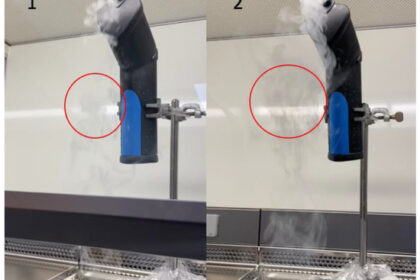Scientists at the CSM (Cumming School of Medicine) spearheaded by Drs. Paul Kubes, Donna Senger, and Stephen Robbins have found a new method to end harmful inflammation in the lungs owing to injury and sepsis.
“This work shows the power of working together in solving complicated health problems to benefit patients,” claims Robbins. “The study involved groups from 10 labs, 9 at UCalgary with evaluators from the Snyder Institute for Chronic Diseases and the Arnie Charbonneau Cancer Institute.”
Almost 1 in 18 demises in Canada is linked to sepsis. It takes place when the body is dealing with severe infection. The immune system damages sending WBC to clear up the infection. The battle between the infection and your immune system results in inflammation. An issue occurs when the WBC leave the blood stream and flow into the tissue to remove the inflammation. In some instances rather than moving on and cleaning up, they remain, and more WBCs arrive behind them. The accumulation causes injury to internal organs, such as the lungs, and can result in death.
On a related note, lung cancer cells utilize antioxidants (dietary or endogenous) to distribute in the body by triggering a protein dubbed as BACH1 and elevating the use and uptake of sugar, American and Swedish scientists report in two independent studies. The researches, which are posted in the Cell scientific journal, pave the road for new therapeutic plans for lung cancer.
It is a recognized truth that due to their special metabolism cancer cells are exposed to oxidative strain by free radicals of oxygen. It is also recognized that cancer cells are distinguished by the high use and uptake of sugar, or glucose, and that this is one of many reasons that manage their capability of dividing and metastasizing. Researching human and mice tissue, two separate research groups have now found how these cases communicate when cancer cells metastasize to other body parts.





